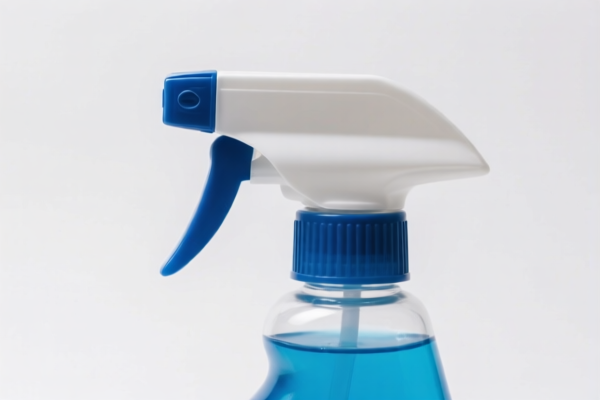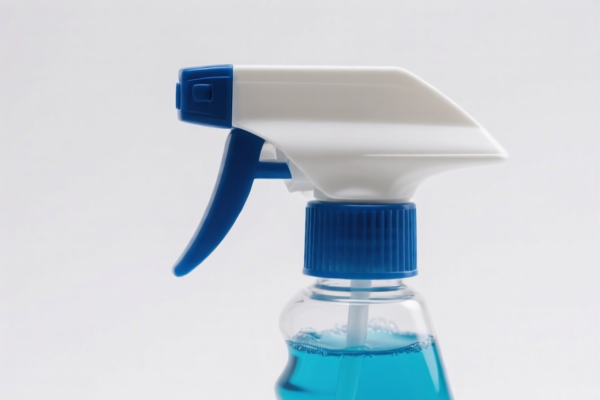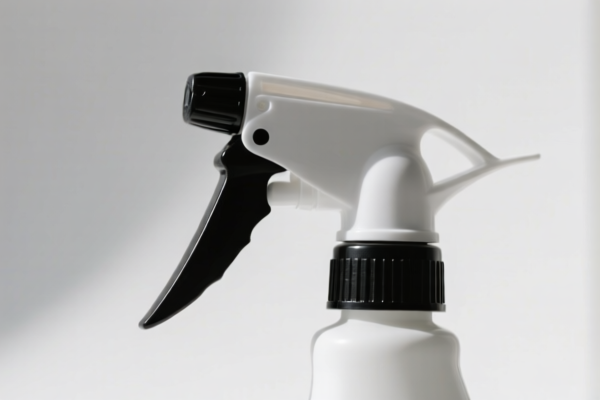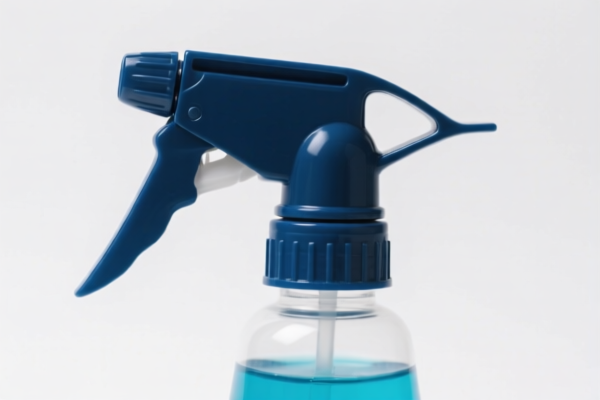| HS Code | Official Doc | Tariff Rate | Origin | Destination | Effective Date |
|---|---|---|---|---|---|
| 3923300010 | Doc | 58.0% | CN | US | 2025-05-12 |
| 3923300090 | Doc | 58.0% | CN | US | 2025-05-12 |
| 3926904000 | Doc | 32.8% | CN | US | 2025-05-12 |
| 3926909989 | Doc | 42.8% | CN | US | 2025-05-12 |
| 7010902010 | Doc | 57.5% | CN | US | 2025-05-12 |
| 7010902020 | Doc | 57.5% | CN | US | 2025-05-12 |
| 7013993000 | Doc | 46.5% | CN | US | 2025-05-12 |
| 8424201000 | Doc | 57.9% | CN | US | 2025-05-12 |
| 8424209000 | Doc | 55.0% | CN | US | 2025-05-12 |
| 6914108000 | Doc | 64.0% | CN | US | 2025-05-12 |
| 6914908000 | Doc | 60.6% | CN | US | 2025-05-12 |
| 6909900000 | Doc | 59.0% | CN | US | 2025-05-12 |
| 6909195095 | Doc | 59.0% | CN | US | 2025-05-12 |




Spray Perfume Bottle
A spray perfume bottle is a container designed for the application of perfumes, eau de toilettes, and other fragrances in aerosol or fine mist form. It distinguishes itself from older perfume application methods like roll-ons or dabbers through its atomizing mechanism.
Material
Spray perfume bottles are commonly constructed from:
- Glass: The most prevalent material, offering clarity to showcase the fragrance color and resistance to chemical interactions with perfume formulations. Variations include clear glass, frosted glass, colored glass, and specialized treated glass for UV protection.
- Plastic: Often PET (Polyethylene Terephthalate) or PP (Polypropylene), used for lighter, more durable, and less expensive bottles, particularly for travel sizes or mass-market fragrances. Plastic bottles may be less aesthetically refined than glass.
- Metal: Aluminum is sometimes used, particularly for refillable atomizers or for a premium aesthetic.
Purpose
The primary purpose is to dispense liquid fragrance in a fine spray, allowing for even distribution and controlled application. They protect the fragrance from light and air, which can degrade the scent over time.
Function
The core function relies on a pump mechanism:
- Atomizer: A small tube draws fragrance from the bottle.
- Pump: When depressed, the pump creates pressure, forcing the fragrance through a nozzle.
- Nozzle: Breaks the liquid into tiny droplets, creating the spray.
- Valve: Controls the flow of liquid and prevents leaks.
Usage Scenarios
- Personal Use: Applying fragrance to pulse points (wrists, neck, behind ears) for personal scent.
- Travel: Smaller, travel-sized bottles are designed for portability.
- Sampling/Decanting: Smaller bottles are used for storing and carrying fragrance samples or decanting larger bottles into smaller, more manageable sizes.
- Refilling: Many bottles are designed for refilling with fragrance from larger containers, promoting sustainability and cost savings.
Common Types
- Standard Pump Bottles: The most common type, featuring a screw-on pump mechanism. Variations exist in pump style (e.g., long nozzle, short nozzle, wide spray pattern).
- Refillable Atomizers: Designed for repeated filling, often with a more sophisticated mechanism and higher-quality materials. These can be individual atomizers or systems with larger reservoirs.
- Airless Pump Bottles: Utilize a vacuum system to dispense fragrance, minimizing air exposure and preserving scent integrity.
- Twist Atomizers: Dispense fragrance with a twisting motion, often used in compact or portable designs.
- Electro-Spray Atomizers: Utilize electrical charge to atomize the fragrance, creating a very fine mist. (Less common, typically found in high-end or specialized applications).
- Vintage/Antique Perfume Bottles: Often feature unique designs and materials, and may utilize different atomization mechanisms (e.g., bulb atomizers).
Spray perfume bottle can be understood as a container designed for the conveyance or packing of perfume, or a device used for spraying perfume. The following HS codes may be relevant:
- 3923300010: Articles for the conveyance or packing of goods, of plastics; stoppers, lids, caps and other closures, of plastics: Carboys, bottles, flasks and similar articles Of a capacity not exceeding 50 ml. This code applies to plastic bottles, flasks, and similar containers with a capacity of 50 ml or less, used for packing goods, including perfume. The total tax rate is 58.0%, comprising a basic tariff of 3.0% and an additional tariff of 25.0%, increasing to 30.0% after April 2, 2025.
- 3923300090: Articles for the conveyance or packing of goods, of plastics; stoppers, lids, caps and other closures, of plastics: Carboys, bottles, flasks and similar articles Other. This code covers plastic bottles, flasks, and similar containers used for packing goods, excluding those with a capacity of 50 ml or less. The total tax rate is 58.0%, with a basic tariff of 3.0% and an additional tariff of 25.0%, rising to 30.0% after April 2, 2025.
- 7013993000: Glassware of a kind used for table, kitchen, toilet, office, indoor decoration or similar purposes (other than that of heading 7010 or 7018): Other glassware: Other: Smokers' articles; perfume bottles fitted with ground glass stoppers. This code applies to glass perfume bottles, particularly those fitted with ground glass stoppers. The total tax rate is 46.5%, consisting of a basic tariff of 9.0% and an additional tariff of 7.5%, increasing to 30.0% after April 2, 2025.
- 9616100000: Scent sprayers and similar toilet sprayers, and mounts and heads therefor. This code specifically covers scent sprayers and similar toilet sprayers, including the mounts and heads used with them. The total tax rate is 37.5%, with a basic tariff of 0.0% and an additional tariff of 7.5%, increasing to 30.0% after April 2, 2025.
- 8424201000: Mechanical appliances (whether or not hand operated) for projecting, dispersing or spraying liquids or powders; fire extinguishers, whether or not charged; spray guns and similar appliances; steam or sand blasting machines and similar jet projecting machines; parts thereof: Spray guns and similar appliances: Simple piston pump sprays and powder bellows. This code applies to simple piston pump sprays used for perfume, with a total tax rate of 57.9%, comprising a basic tariff of 2.9% and an additional tariff of 25.0%, rising to 30.0% after April 2, 2025.
Customer Reviews
No reviews yet.